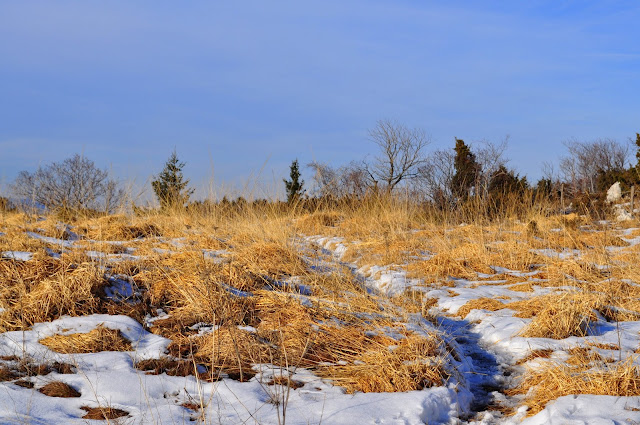It was in the middle of winter time, so there were just bare branches with pods there. I took few just to try, if anything happens.
I got eight seeds out of it, and six of them germinated quite quickly. They grew nicely throughout all summer, and became quite strong. In autumn, as every deciduous plant, they went to hibernation, and till late of the November, I left them out, but it got to cold, so I had to take them inside.
I had put them next to the gingkos, and today, when I went to check them out - if they needed to be watered (through the winter roots still grow, even if the plants are in hibernation, therefore plants that you grow in pods have to be watered a little, otherwise roots will go dry and the plant will die)-, and I noticed, that it was probably warm enough for the little wisterias to emerge.
Now, I just put them under the light, next to my mosos, and I'm just letting them grow.
So, read you next time!
Uroš




























